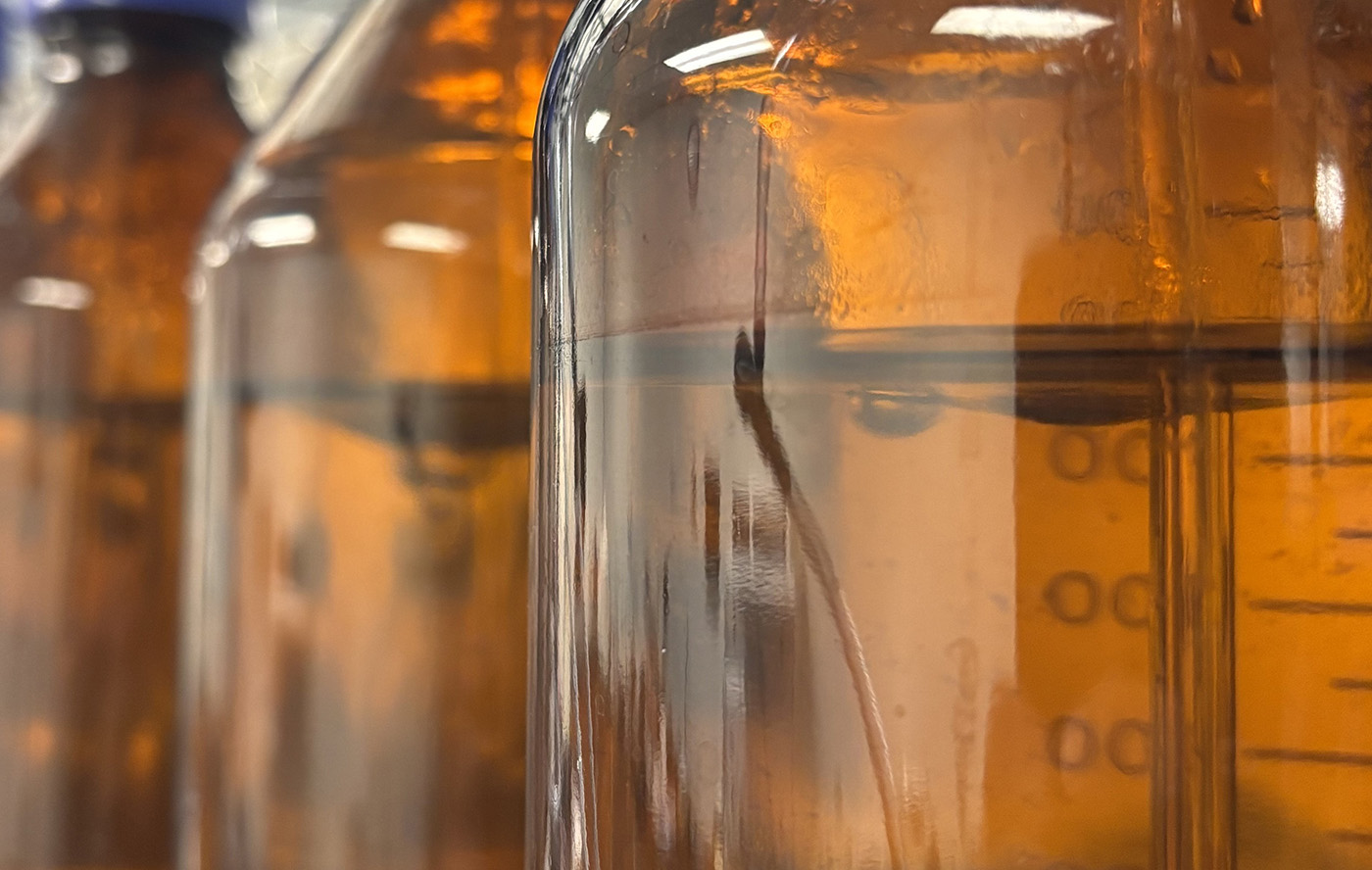Summary
This aqueous aerobic biodegradability test determines the biodegradability of lubricants and their components by measuring CO2 evolution in continuously aerated bottles. This method is similar to the OECD 301B CO2 evolution test and designed for lubricants that are not volatile or inhibitory to the inoculum.
ASTM D5864 Testing Method
The lubricant samples are exposed to activated sludge from a municipal wastewater treatment plant, which serves as the inoculum in this test. The ASTM D5864 is done under laboratory conditions and is intended to specifically address issues associated with insoluble substances and complex mixtures that are found in lubricants.
As the test progresses, the mixture of lubricant and inoculum is continuously mixed to improve performance. As the lubricants break down, they produce CO2. The level of CO2 present at the end of the test is measured, and if the test substance achieves high levels of biodegradation, they are assumed to be easily biodegradable in most aerobic aquatic environments.
This test can handle materials that are soluble, insoluble and/or absorbing. Good dispersion with continuous mixing is usually required for better performance.
When You need ASTM D5864 Testing, Turn to Aropha
When you are looking for trusted, efficient biodegradability testing, Aropha is your partner. Our goal is to provide our customers with testing that helps assess biodegradability faster. No matter what product you are looking to test, our team has the experience and capabilities necessary to determine the biodegradability, compostability, and ecotoxicity of the material. To make sure our processes are efficient and accurate, we implement solutions consisting of our digital twin simulation platform and lab biodegradability testing which allows us to help you determine your product’s biodegradability from research to commercialization.
Ready to get started? Contact us today!
ASTM D5864 Requirement and Applicability
Different testing methods are applicable for materials with different properties. Below is a summary of the applicability of ASTM D5864. Please check our Method Selection Guide to select the most appropriate method for your materials. You can also find the applicability for many other methods in our Resource Center.| Test | Analytical method | Sample info required * | Poorly soluble | Volatile | Adsorbing |
|---|---|---|---|---|---|
| ASTM D5864 (CO2 evolution test) | CO2 evolution | Organic carbon content * | + | - | + |
*“Sample info required” is the information needed to calculate the biodegradation percentages. This must be available for a selected method.
*“Organic carbon content” is the ratio of the organic carbon weight to the weight of the sample. It can be calculated by the sample formula (e.g., acetic acid C2H4O2, carbon content is 12*2/(12*2+1*4+16*2)=40%). Try our Online C% Calculator. If the formula is unknown, we can send the sample out to a third party lab for you for analysis (normally $110 with a 10-day turnaround time).
Pricing
$899/sample for High-Throughput Screening$1799/sample for Biodegradability Certification

